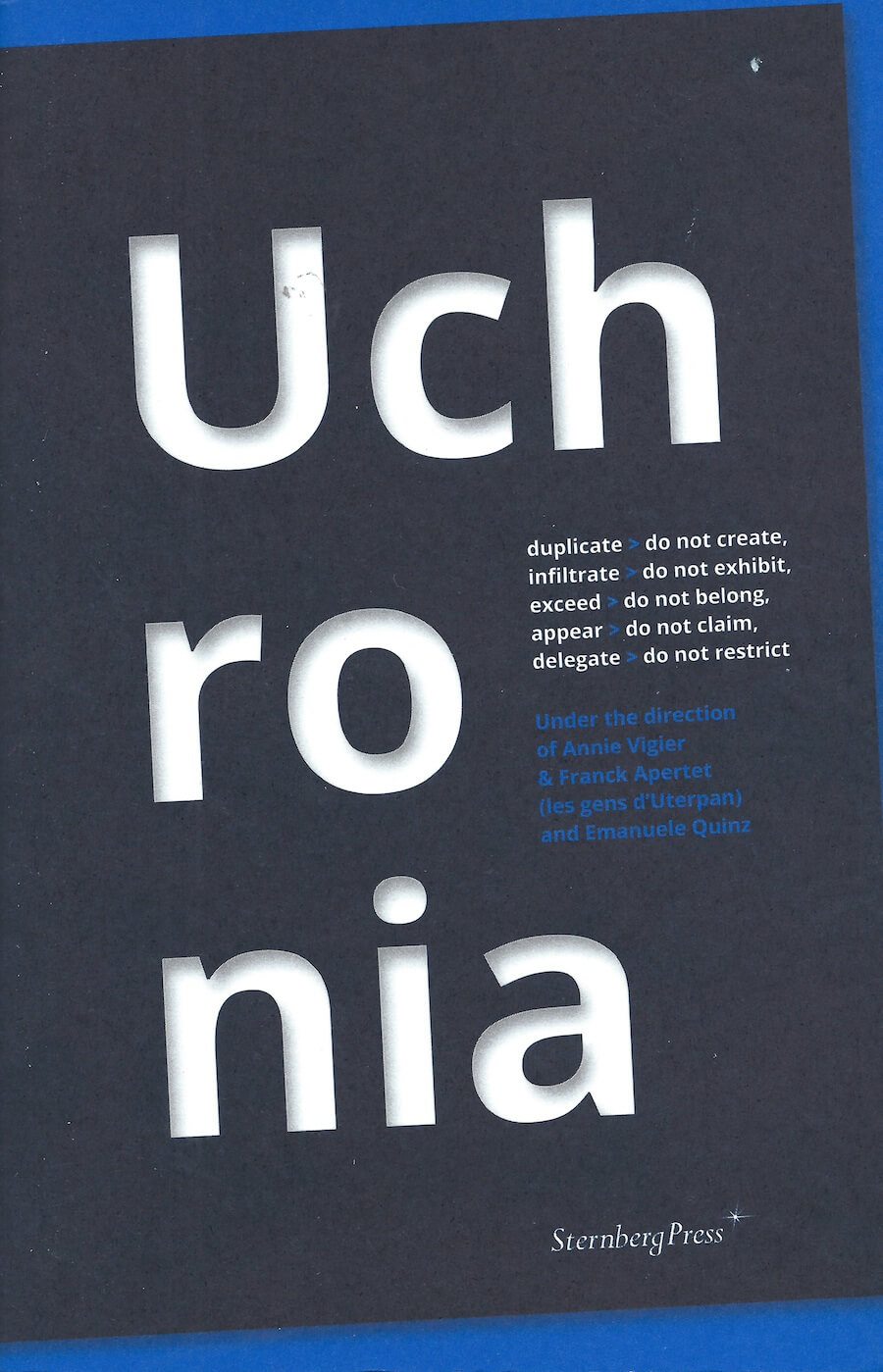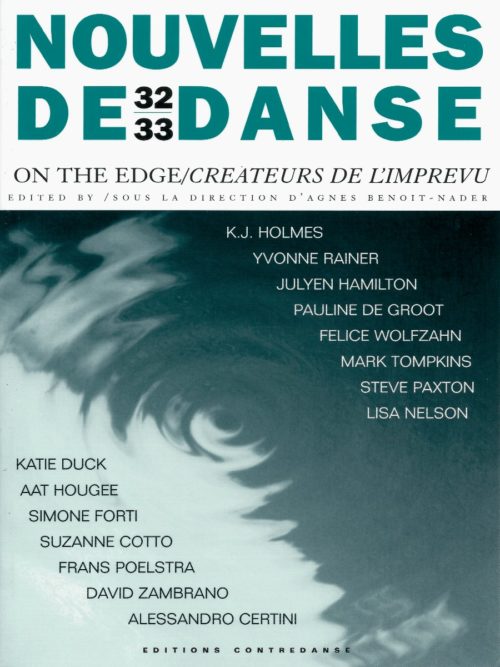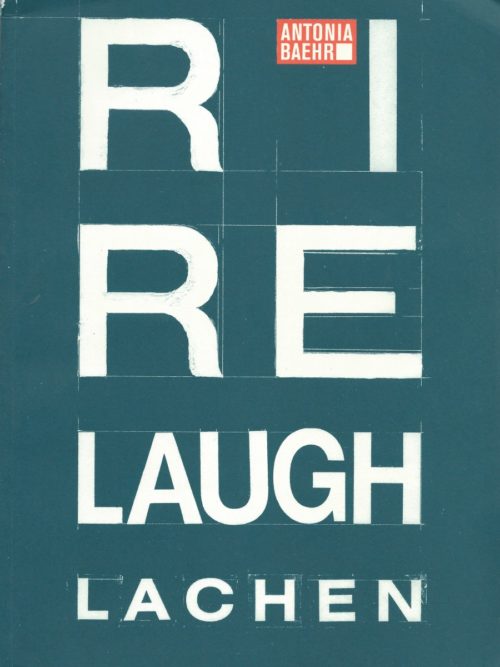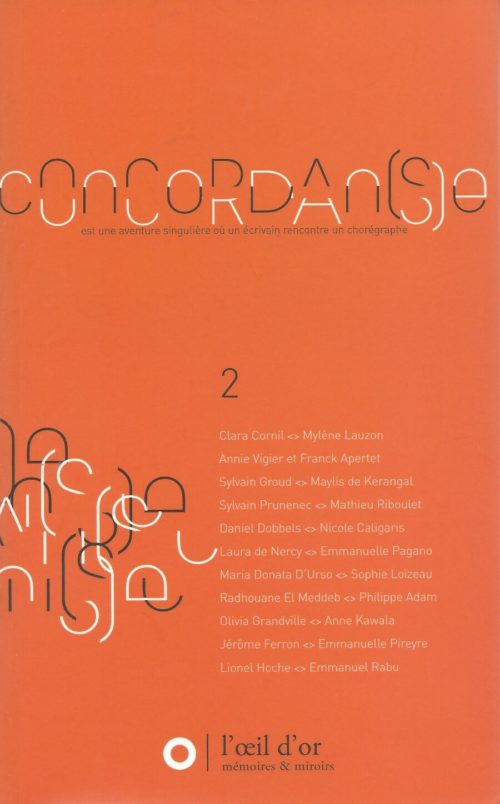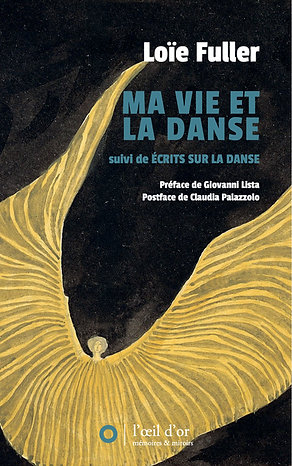Uchronia – duplicate > do not create, infiltrate > do not exhibit, exceed >
Auteurs/Authors: Annie Vigier & Franck Apertet (les gens d’Uterpan), Emmanuele Quinz
Editeur/Publisher: Sternberg Press (2017)
Broché/Paperback: unpaginated
Langue/Language: Français/Anglais, English/French
ISBN13: 978-3-95679-265-6
Titre non disponible
19,00€
RÉSUMÉ
Commentaire et extension éditoriale d’un projet des artistes Annie Vigier et Franck Apertet (les gens d’Uterpan) qui procède de l’analyse des attitudes et des comportements, individuels et collectifs, produits dans l’espace public d’une ville donnée.
Uchronie est un projet initié par les artistes Annie Vigier et Franck Apertet (les gens d’Uterpan) en 2014, qui procède de l’analyse des attitudes et des comportements, individuels et collectifs, produits dans l’espace public d’une ville donnée. Le terme uchronie, utilisé entre autres par le philosophe français Charles Renouvier dans son ouvrage Uchronie, l’utopie dans l’histoire (1876), désigne un « non-temps », un temps qui n’existe pas.
En réponse à la transformation croissante de l’espace public en zones fonctionnelles vers lesquelles les individus sont dirigés pour une activité donnée, les deux artistes appellent des citoyens à devenir uchronistes, à infiltrer la vie publique avec des modules physiques issus de comportements quotidiens, qui sont synchronisés et ajustés selon les contextes. A la différence des flashmobs ou des performances, ces actions ne s’adressent pas à des spectateurs. Les passants sont les témoins accidentels, attentifs ou non, de ces présences et de ces gestes qui maintiennent l’apparence formelle de la normalité.
Plus qu’un commentaire au projet Uchronie, cette publication se compose comme une uchronie collective qui s’infiltre dans le livre – en tant qu’espace de publication, en tant qu’espace public. Selon le protocole proposé par les artistes et par l’historien de l’art Emanuele Quinz, les contributeurs ont occupé librement différentes sections du livre (sommaire, introduction, chapitre, illustrations, notes, appendices, etc.), chaque section pouvant être illustrée plusieurs fois, ou pas du tout.
Contributions de/by Mara Ambrozic, Franck Apertet, Pierre Bal-Blanc, Isabelle Barberis, Patrick Bouchain, Alina Buchberger, Karima Boudou Mzouar, Patricia Brignone, Biljana Ciric, Sophie Demeyer, Anna Dezeuze, Julien Duc-Maugé, Lotus Edde-Khouri, Florian Gaité, Emanuele Guidi, Marion Hohlfeldt, Anne Lacaton & Jean-Philippe Vasall, Sophie Lapalu, Marc Lenot, Christophe Martin, Dominique Mathieu, Rainer Oldendorf, Emile Ouroumov, Gianni Pettena, Emanuele Quinz, Axel Roy, Matthieu Saladin, Annie Vigier.
Companion book to a project by the artists Annie Vigier and Franck Apertet (les gens d’Uterpan), which emanates from the analysis of individual or collective attitudes and behaviors produced in the public space of a given city.
Uchronia is a project initiated by the artists Annie Vigier and Franck Apertet (les gens d’Uterpan) in 2014, which emanates from the analysis of individual or collective attitudes and behaviors produced in the public space of a given city. The word uchronia, used among others by the French philosopher Charles Renouvier in his book Uchronie, l’utopie dans l’histoire (1876), means “non-time,” that is, a time that doesn’t exist.
In response to the increasing transformation of public spaces into functional areas toward which individuals are guided to fulfill a given activity, the two artists call upon citizens to become uchronists, to infiltrate public life with physical modules coming from daily behaviors, synchronized and adjusted according to the context. Contrary to flash mobs or performances, these actions don’t address spectators. Passerby are accidentally witnesses, attentive or not, of these presences and gestures that maintain the formal appearance of normality.
More than a comment on the Uchronia project, this publication is thought of as a collective uchronia that infiltrates the book as space of publication, as a public space. According to the protocol proposed by the artists and by the art historian Emanuele Quinz, the contributors have freely occupied different sections of the book (the table of contents, introduction, chapter, illustrations, notes, appendices, etc.). Each section may be illustrated several times, or not at all.

